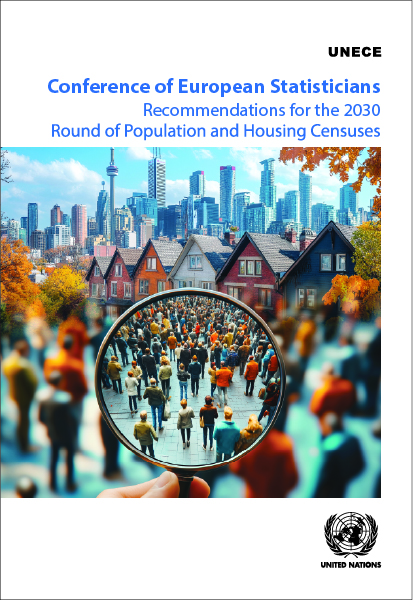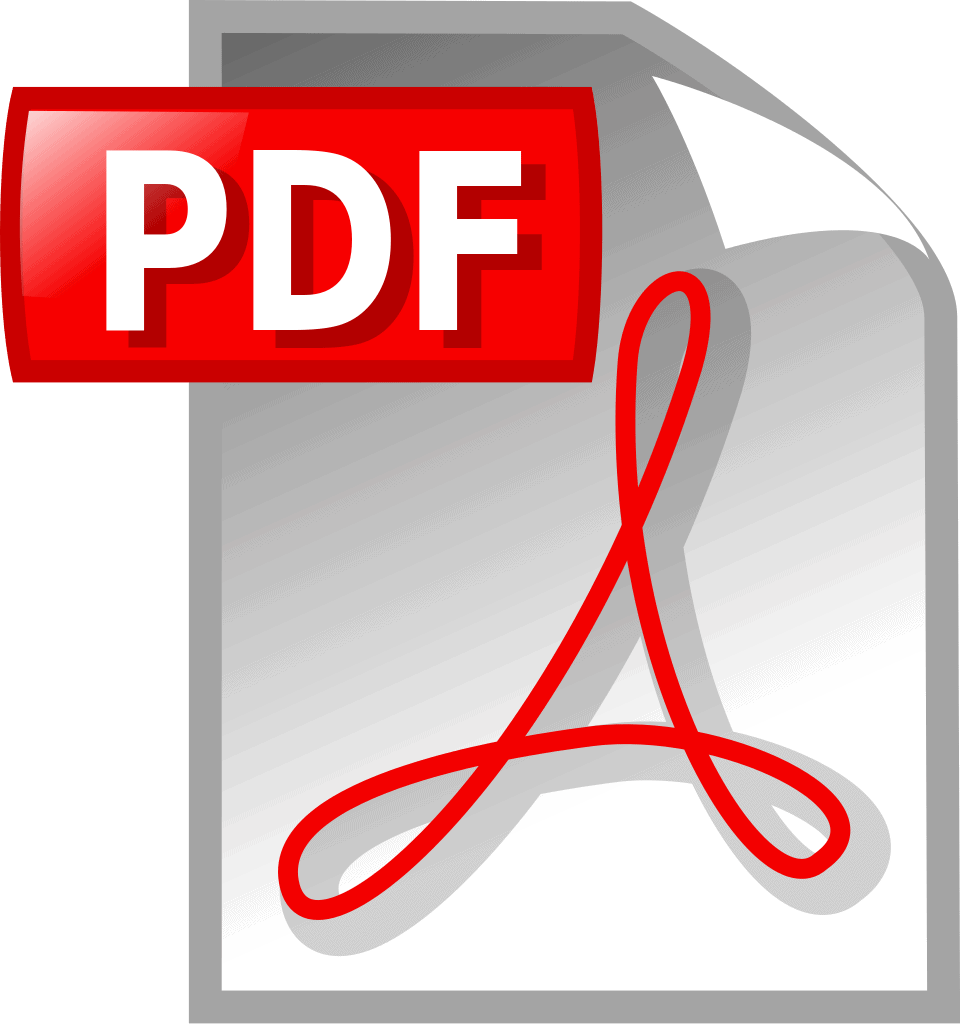Chapter 20 Agriculture

1316.
1316. A majority of CES countries conduct an agricultural census separate from their population and housing census.

1317.
1317. The present chapter is dedicated to the collection in the population census of information on agricultural activity. This type of information can be collected by countries for use in a subsequent agricultural census, for instance to facilitate the preparation of the frame of agricultural holdings in the household sector. Although the topic of the chapter could be considered as part of the economic topics considered in the census discussed in Chapter 11, it is presented in a separate chapter due to the special character of this topic, which is also related to the agricultural census.

1318.
1318. The chapter begins with a discussion of the relation between population and housing censuses and agricultural censuses. Then, two non-core alternative topics on agriculture are presented. With the first topic, at the household level, information is collected on whether any member of the household is engaged in own-account agricultural production activities during the year preceding the census, at their place of usual residence or elsewhere. This information can be restricted to limited items or may include a more comprehensive agricultural module. With the second topic, also at the household level, information is collected on the size of the farm (land area or number of plots) used for agriculture and the number of livestock reared (for the main livestock species) on the census day.

1319.
1319. As noted in section 3.5, the relationship between the population and housing census and the agricultural census is often limited to the coordination of data collection in households involved in agricultural production. An increasing number of countries are looking at ways to strengthen this relationship with the objective of better integrating their data collection activities. There are, however, a number of issues to consider when relating the two censuses, most significantly that they use different units of enumeration. The unit of enumeration in the agricultural census is the agricultural holding, which is the economic unit of agricultural production, while the units of enumeration in the population census are the household and the individual within the household. However, in many developing countries, most agricultural production activities are in the household sector, and households and agricultural holdings are very closely related, often in a one-to-one relationship. Establishing links between the two censuses is particularly relevant for such countries.

1320.
1320. Another conceptual issue is the reference periods used by the two censuses. The population census normally collects information about a person’s main job or work activity during a short reference period (usually one week prior to the census), while the census of agriculture collects information on work on agriculture during the year preceding the census because of the seasonality of many agricultural activities. In consequence, users may find some agricultural activity data from the agricultural census more comprehensive than from the population census because the latter may not identify persons connected with agricultural activity on a seasonal basis or as a secondary activity. On the other hand, the population census provides data on all persons working in agriculture, including as paid employees. The latter information (paid employees) is outside the scope of the agricultural census as its focus is on households with own-account agricultural production. To get a complete picture, agricultural data users will need both agricultural census data and population census data.

1321.
1321. In planning the population and housing census, every opportunity for developing the relationship between it and the agricultural census should be explored. This can take several forms. Definitions used in the population and housing censuses should be compatible with those used in the agricultural census so that meaningful comparisons can be made between the two data sets. The population and housing census can also be of use in the preparation of the agricultural census, such as in the demarcation of enumeration areas or the preparation of the frame for the agricultural census.

1322.
1322. In planning the national census programme, serious consideration should be given to the possibility of collecting key agricultural information as part of the population and housing census exercise that would facilitate the preparation of an adequate frame of agricultural holdings in the household sector for a subsequent agricultural census. This integration could be achieved through pre-census cartographic work and/or listing exercise, or by adding two additional questions to the census questionnaire. In the latter case, an additional item at the household level could be included on whether any member of the household is engaged in own-account agricultural production activities. Additional data also at the household level could be collected on the size of the farm (land area or number of plots) used for agriculture and the number of livestock reared (for the main livestock species) on the census day. These items are included in the present recommendations as non-core topics. Where countries choose to adopt this approach of using the population and housing census to establish a frame for the agricultural census, the agricultural census should be conducted as soon as possible after the population and housing census, while the frame is still up-to-date.

1323.
1323. This approach is detailed in the World Programme for the Census of Agriculture 2030130 and Guidelines for Linking Population and Housing Censuses with Agricultural Censuses.131

1324.
1324. Linking population and agricultural census data in countries where most agricultural production activities are in the household sector can bring many benefits. This could add considerable analytical value to data sets from both censuses and save on data collection costs. Many of the demographic and activity status data collected in the population census are also collected in the agricultural census. If data from the two censuses could be linked, it would no longer be necessary to collect these data again in the agricultural census, while still allowing for comprehensive cross‐tabulations

1325.
1325. A few countries conduct the data collection for the population and agricultural censuses as a joint field operation. This is feasible only in countries with extensive methodological and field experience. Normally, each census retains its separate identity and uses its own questionnaire, but field operations are synchronized so that the two data collections can be done at the same time by the same enumerators. Occasionally, the two censuses are merged into one, particularly in countries where fieldwork costs are high and logistical challenges make costly conducting the two censuses separately. This may have a number of advantages; however, as this is an increasingly complex operation, its impact on field operations and data quality needs to be carefully considered. Errors or shortcomings in the design and execution would impact equally on both censuses

1326.
1326. As mentioned in paragraph 1322, some countries may want to include a first non-core topic at the household level in the population census to identify households engaged in own-account agricultural production. This refers to households raising livestock or using land (wholly or partly) for agricultural purposes. Households with members engaged in agricultural activities only as paid employees would not qualify. This information is useful to enable further agriculture-related analysis of the population census and for use as a frame for a subsequent agricultural census or other surveys. In this case, information should be collected for all households on whether any member of the household is engaged in any form of own-account agricultural production activities.

1327.
1327. Where possible, information should be collected to identify whether the household is engaged in any form of own-account agricultural production, covering the main agricultural activities important to the country (which can include crops, livestock and related activities). As noted earlier, a year-long reference period is necessary to capture seasonal variations, which would not be possible with the shorter reference period used in other topics pertaining to economic characteristics. Information may also be collected on aquaculture, forestry and fishery activities where these are important for a country. For countries wishing to collect a more comprehensive agricultural module, the essential data items recommended by the FAO World Programme for the Census of Agriculture 2030 and the FAO/UNFPA Guidelines for Linking Population and Housing Censuses with Agricultural Censuses can be collected.

1328.
1328. Agricultural production activities refer to Groups 011, 012, 013, 014 and 015 of the International Standard Industrial Classification (ISIC) (Rev. 5.0) namely:

Group 011: Growing of non - perennial crops

Group 012: Growing of perennial crops

Group 013: Plant propagation

Group 014: Animal production

Group 015: Mixed farming

1329.
1329. Where aquacultural production is important at the household level, information can also be collected on whether any member of the household is engaged in any form of own-account aquacultural production activities. Aquacultural production activities refer to Group 032 of ISIC (Rev 5.0).

1330.
1330. As mentioned in paragraph 1322, some countries may want to complement the above topic by including a second non-core topic to collect information at the household level on the size of the farm (land area or number of plots) used for agriculture and the number of livestock reared (for the main livestock species) on the census day. This helps assess the extent of a household's agricultural activities and to define a suitable threshold for the census of agriculture (e.g. a minimum size limit for inclusion). For countries seeking a more comprehensive picture of agricultural activities within population and housing censuses, gathering data on employment in agriculture and own-use production of goods is recommended.

1331.
1331. "Agricultural activities" encompass all the major agricultural production activities relevant to the country (including crops, livestock, and related activities listed at paragraph 1329). Information on aquaculture, forestry, and fishing can also be collected if significant for the country.

1332.
1332. Countries aiming for more extensive agricultural data can include an agricultural module with selected data items suggested by the FAO World Programme for the Census of Agriculture 2030 and the FAO/UNFPA Guidelines for Linking Population and Housing Censuses with Agricultural Censuses.



